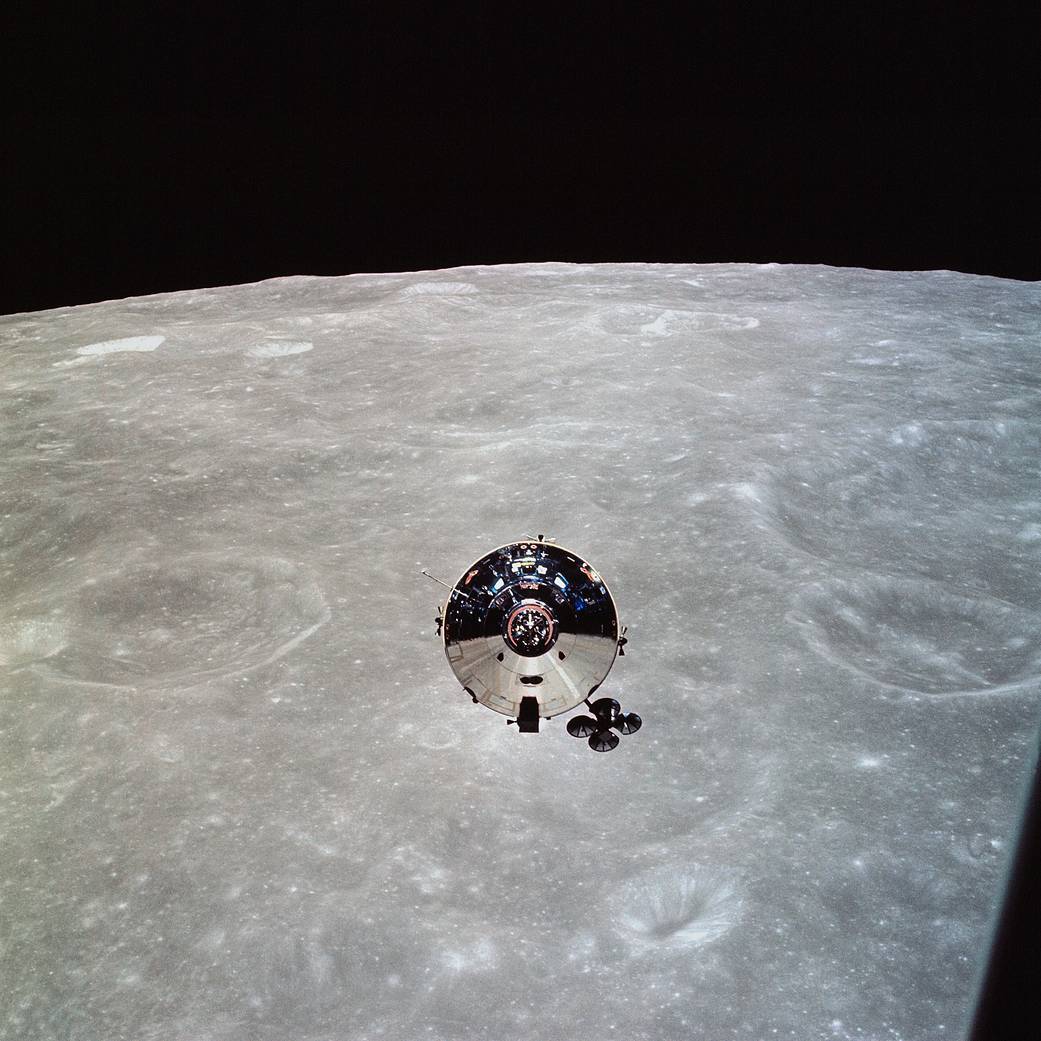THREE ARMAGH OBSERVATORY AND PLANETARIUM ASTRONOMERS ELECTED PRESIDENTS OF IAU COMMISSIONS
Armagh Observatory and Planetarium (AOP) is proud to announce that three of its esteemed astronomers have been elected as Presidents of specialist Commissions within the International Astronomical Union (IAU) at the recent XXXII General Assembly held in Cape Town, South Africa. This marks a historic occasion for both the IAU Read more

























